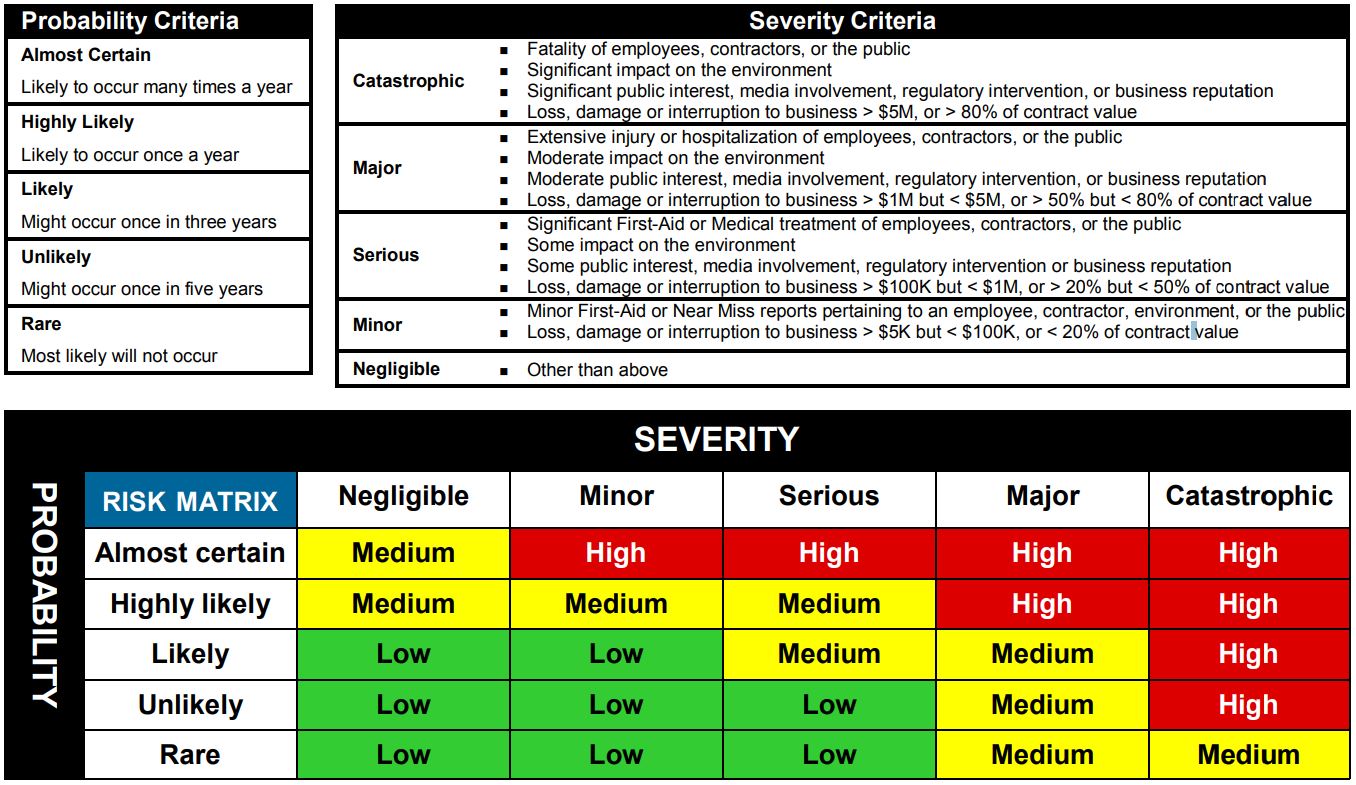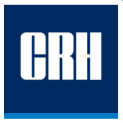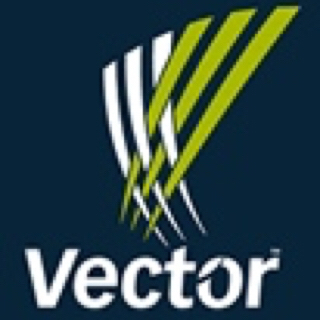Title Page
-
Client / Site
-
Conducted on
-
Prepared by
-
Location
-
INSTRUCTIONS:
-------------------------------------
1. Fill out required fields and answer other questions as needed.
2. Add photos and comments as needed.
3. To add a Corrective Measure, click on the paperclip icon then click on "Add Action". Provide a description, assign to a member, set priority and then set the due date.
4. Complete audit by providing a digital signature.
5. Share your report by exporting as PDF, Word, Excel or Web Link.
Summary of Control Plan
-
HSE Control Plan
- Chemical Exposure
- Material Handling
- Use of Power Tools
- PPE
- Emergency Response Plan
- Biological/Natural Exposure
-
Permits Required
-
Leave the description of controls for medium and high risks here
Contractor Performing Work
-
Is contractor performing the work?
-
There is a contractor safety declaration available for all the contractors involved in the project
-
The contractors’ employees have been trained on the Honeywell HSE procedures
-
The contractors have taken safety precautions to protect Honeywell employees
-
Contractor’s Name and Signature
Observations
-
-
Are applicable permits available/ posted ?
-
Is PPE being appropriately used?
-
Are control methods used?
-
Are working areas cleaned and secure after work is completed?
-
Have the affected employees been notified of the work/hazards?
-
Are critical behaviours identified and observed?
-
Supervisor / Project Leader’s Name and Signature
-
Cell Risk Assessment needs to be up-dated
Non-Routine HSE Work Plan
-
Date of the Non-routine Work
-
Department / Work station
-
Brief Task Description
-
Step 1. Hazardous Tasks
-
Define the Hazardous Tasks
- Hot Work (example: welding, torching, grinding)
- Confined Spaces (example: wells, trash compactors, ventilation systems)
- Heights (example: > 1.2 m or 4 ft, < 5 m or 15 ft from ledge of a roof, ladder)
- Live energy (example: electrical, pneumatic, hydraulic)
- Lockout or Line breaking (example: pressurized, chemical pipes)
- Lifting equipment (example: hoist, lift truck, elevator)
- Material handling (example: Manual lifting, moving object, equipment)
- Powered manual tools (example: electric, pneumatic)
- Working with sharp objects (example: changing blades or needles)
- Chemical exposure (example: storage, handling, spills, wastes)
- Biological/Natural exposure (example: BBP, infectious environments, rodents)
- Other
- Management of Change (new or changes to equipment/practices, or impacts Process Safety Management requirements)
- Environment (work generates wastes or involves environmental compliance or permit issues with equipment or wastes?)
-
-
Specify Hazardous Task here
Step 2. Controls
-
Define the Controls
-
Select applicable Administrative Control
-
Specify Administrative Control here
-
Identify required PPE
- hearing protective devices
- respiratory protective equipment
- eye and face protection
- safety helmets
- fall arrest harnesses
- skin protection, such as gloves, gauntlets and sunscreen
- clothing, such as high visibility vests, life jackets and coveralls
- footwear, such as safety boots and rubber boots
- Other
-
Specify PPE here
Step 3. Risk Level
-
Define the Risk Level with Current Control Methods in Place
-
Probability
-
Severity
-
Identify Risk Level
-
-
-
Risk Assessment / Authorization
-
Authorized Employees (Honeywell or contractors) : CLick "Add Name"
Name
-
Authorized Employee’s Name and Signature
-
Project Leader’s Name and Signature
Indicate risk level based on result of Step 3
-
Control methods are in place and documented; the risk level is
-
no other authorization needed, perform the work
-
Supervisor/ Project Leader's Name and Signature
-
HSE or Site Leader's Name and Signature
Document any issues / concerns developed from this work
-
Leave Notes/comments here
-



















